Andrzej Borowiec, Wojciech Cegla, Bernard Jancewicz, Witold Karwowski3540668012, 9783540668015
Table of contents :
Foreword……Page 5
Jan Lopuszanski – the Man and His Achievments……Page 7
List of Participants……Page 12
Contents……Page 17
About the Volume……Page 20
Introduction……Page 24
1 Molecules and Chemical Forces in the Old Quantum Theory (1920-1923)……Page 26
2 Göttingen, a Center of the Quantum Mechanics of Molecules (1925-1930)……Page 28
3 Born and the Theory of Chemical Binding (1930-1933)……Page 32
References……Page 35
1 Introduction……Page 38
2 Proposal of a Picture and Terminology……Page 43
1 Introduction. Many-Valued Logic and Nondistributive Logic……Page 47
2 Classical (Non-Quantum) Modality……Page 55
3 Quantum Modality……Page 58
4 Modal Interpretation of Classical and Quantum Physics……Page 60
References……Page 63
1 Introduction……Page 67
2.1 Classical Theory……Page 68
2.2 The Equation……Page 70
2.3 The Potential……Page 72
2.4 Poincar e Invariance……Page 76
3.1 The Position Operator……Page 78
3.2 Nonlocal Interactions……Page 81
3.3 The Model……Page 85
4 Conclusions……Page 87
References……Page 88
1 Introduction……Page 90
2.1 1d – Classical Mechanics……Page 92
2.2 Quantum Mechanics of the Deformed 1d-Oscillator……Page 93
2.3 The Singular Oscillator……Page 99
2.4 Arbitrary Potentials V (x)……Page 101
3 Systems with Two Degrees of Freedom……Page 102
4 The s-Equivalence for Spherically Symmetric Potentials Revisited……Page 104
5 Interactions as Modified Commutators in Quantum Field Theory……Page 105
References……Page 106
1 Introduction……Page 108
2 Relativistic Wave Equation……Page 109
3 Quantum Fields……Page 112
References……Page 115
1 Introduction……Page 117
2 The Constructive Program……Page 118
3.1 Relative Coordinates……Page 122
3.2 Elementary Symmetric Polynomials……Page 123
3.3 The AN-1 Series……Page 124
3.4 The G2 and AG3 Models……Page 126
4.1 The BCN and DN Models……Page 130
4.2 The F4 Model……Page 132
5 Coxeter Groups, Orbits and Prepotentials……Page 134
References……Page 138
1 Introduction……Page 140
2 Generalizations……Page 142
3 Examples……Page 143
References……Page 146
The Particle Structure Implies Relative Entropy Bounds……Page 148
1 The Relative Entropy Bounds for Gibbs Measures……Page 149
2 Equivalence of Equilibrium and Non-Equilibrium Descriptions……Page 150
4 Strong Decay to Equilibrium in Disordered Systems……Page 152
5 The Relative Entropy Estimates in Quantum Systems……Page 153
6 Hypercontractivity in Noncommutative ILp Spaces……Page 154
7 Spectral Theory of Hypercontractive Semigroups……Page 155
References……Page 157
2 The Algebraic Structure……Page 160
3.1 Basic Definitions……Page 162
3.2 Examples of Topological Partial *-Algebras……Page 164
4 Partial *-Algebras of Closable Operators……Page 167
5.1 Generalities……Page 169
5.2 The GNS Construction……Page 170
6.1 *-Automorphisms……Page 173
6.2 Automorphism Groups and *-Derivations……Page 174
7 Epilogue……Page 176
References……Page 177
1 Introduction……Page 179
2 CQ*-Algebras……Page 180
2.1 CQ*-Algebras of Operators on Scales of Hilbert Spaces……Page 181
2.2 Mathematical Properties of CQ*-Algebras……Page 182
3 CQ*-Algebras and Spin Lattice Systems……Page 184
3.1 Thermodynamical Limits……Page 187
4 Conclusions……Page 189
References……Page 190
1 Introduction……Page 191
2 Generalization of Ferber-Shirafuji Superparticle Model: Spinor Fundamental Variables and Central Charges……Page 194
3 D = 10 and D = 11 Models with One Fundamental Spinor……Page 198
4 A Set of D = 11 Massless Superparticle Models with Conservation of More than 1=2 Target Space Supersymmetries……Page 200
4.1 Spinor Moving Frame……Page 201
4.2 Action for D = 11 Massless Superparticle with Tensorial Central Charge Coordinates……Page 202
5 Final Remarks……Page 204
References……Page 205
1 Introduction……Page 207
2 Implementations of Odd Derivations……Page 208
3 Conclusions……Page 214
References……Page 216
1 Introduction……Page 217
2 Fundamental Assumptions……Page 218
3 Hermitian Wick Algebras……Page 219
4 Fock Space Representation……Page 220
References……Page 221
J. Wess……Page 223
References……Page 230
1 Introduction……Page 231
2 Newtonian System and Descendant Di erential Form……Page 233
3 The Second Newton’s Law as a Pfaffian System and Its Descendant Di fferential Form……Page 235
4 Formalism……Page 236
References……Page 237
2 Dynamics of Particle in Curved 2d Space-Time……Page 239
2.1 The Case R0 < 0……Page 241
3.1 The Case R0 < 0……Page 242
3.2 The Case R0 > 0……Page 243
References……Page 244
1 Introduction……Page 245
2 Dirac’s Generalized Square Root……Page 246
3 Neutrino Oscillations Involving vs and v’s……Page 248
4 Outlook: Non-Abelian Spin-1/2 Fermions……Page 252
References……Page 256
1 Introduction……Page 257
2 Magnetic Monopoles and Sphalerons in Flat Space……Page 258
3 The Spherically Symmetric Gravitational Field……Page 261
4 Gravitating Monopoles – BPS-Type Solutions……Page 263
5 Gravitating Monopoles without SUSY……Page 265
6 Coloured Black Holes……Page 268
References……Page 271
1 Introduction: Lattice and Continuum……Page 273
2 Local Cohomology……Page 274
3 What Is the Massles Continuum Limit of a Critical Classical Spin Model?……Page 275
4 The Noether Current: Some Generalities……Page 277
5 The Noether Current: Bounds and Inequalities……Page 280
6 Consequences……Page 281
References……Page 284
1 Introduction……Page 285
2 HBT Contribution……Page 286
3 The GGLP Contribution……Page 288
4 Density Matrix Approach……Page 289
5 Simple Case: Pure Final State……Page 291
6 Independent Production……Page 292
7 Einstein’s Condensation……Page 293
8 Statistical Physics Interpretation……Page 295
References……Page 297
W. Zimmermann……Page 298
1 Reduction in Massive Models……Page 299
2 Massless ß Functions……Page 303
3 Scheme Independence……Page 305
4 Elimination of Mass Parameters……Page 306
References……Page 308
J. Czerwonko……Page 309
L. Halpern……Page 310
References……Page 311

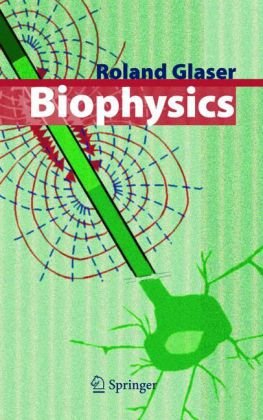
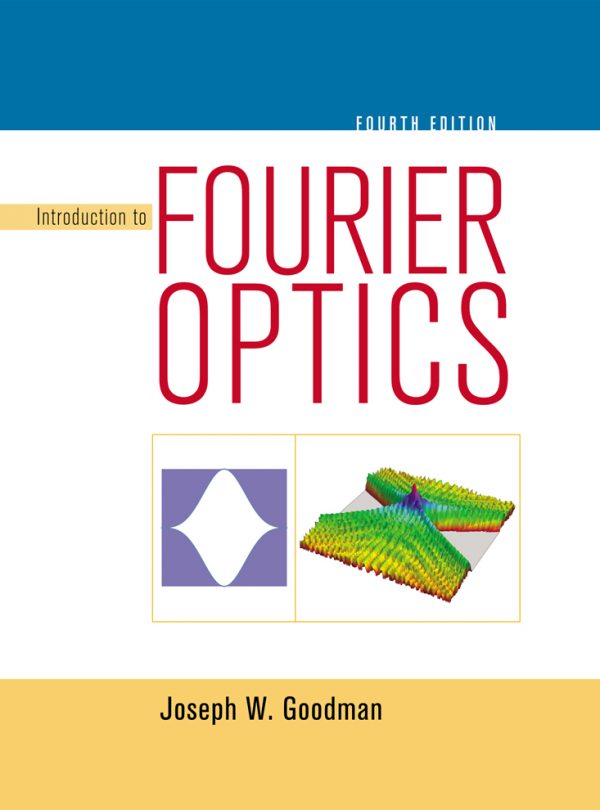
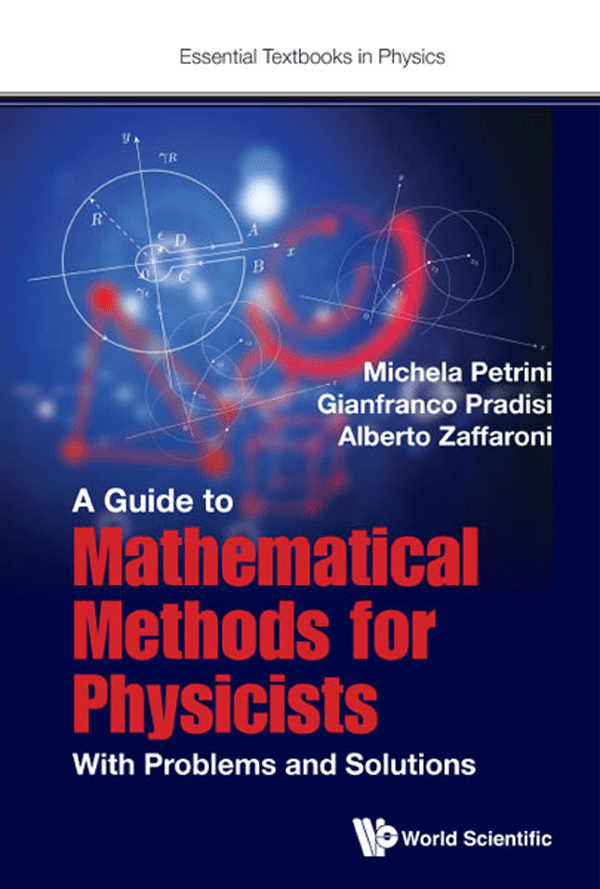
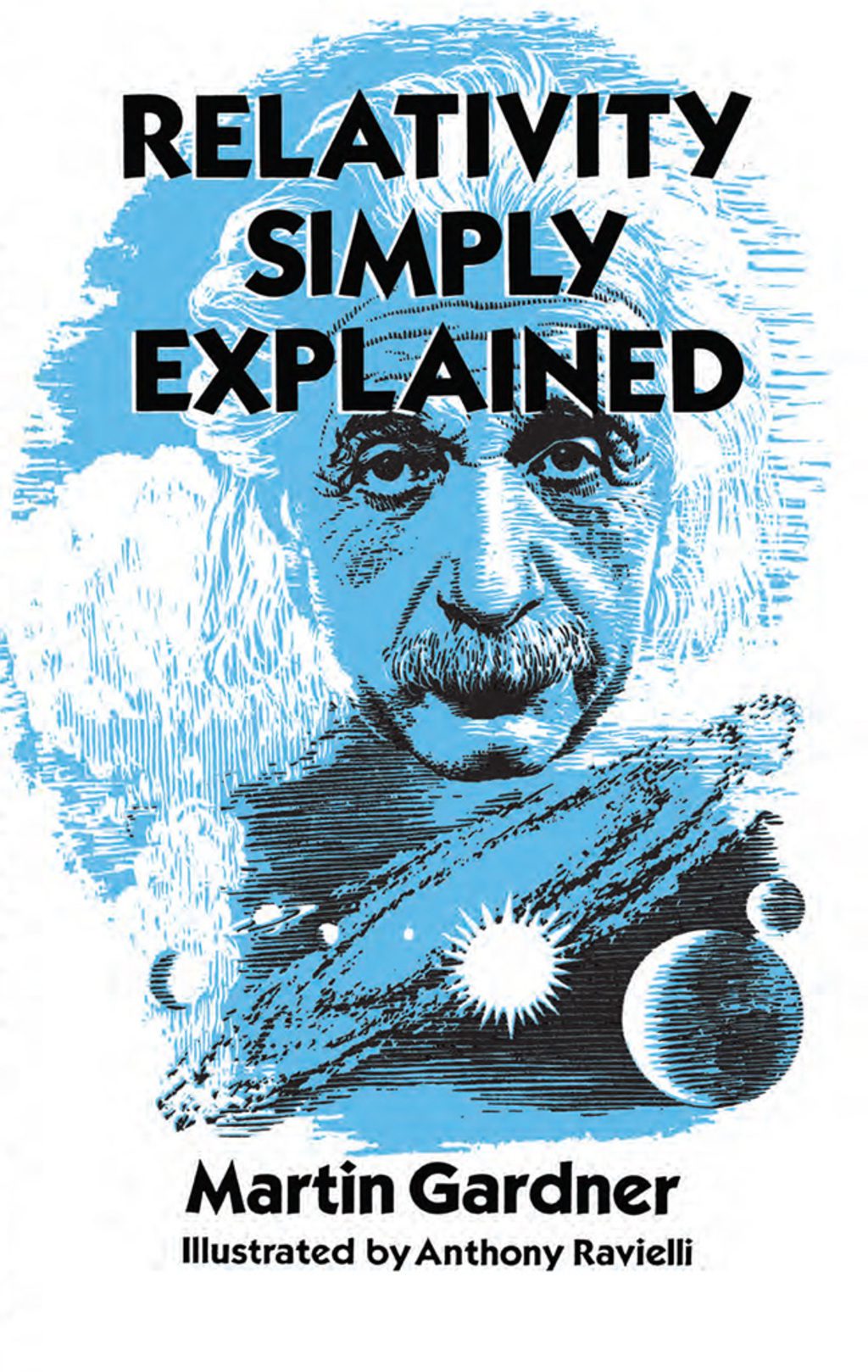
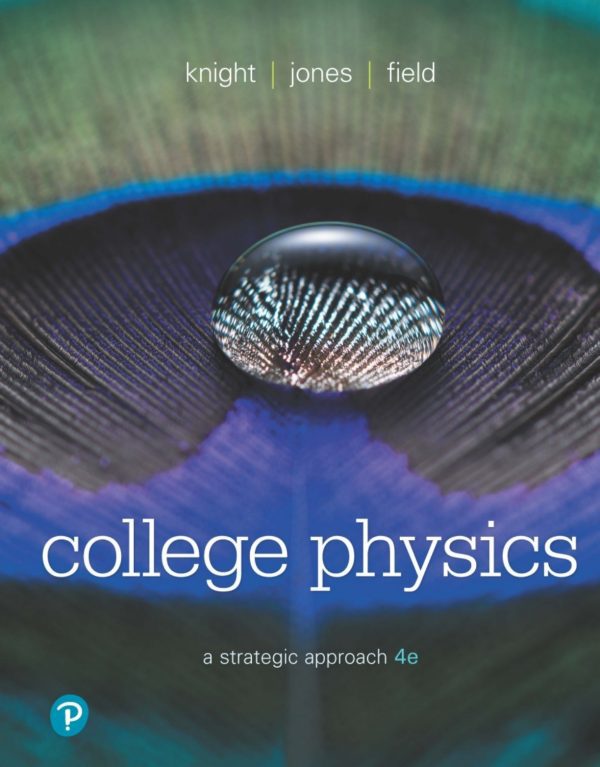

Reviews
There are no reviews yet.